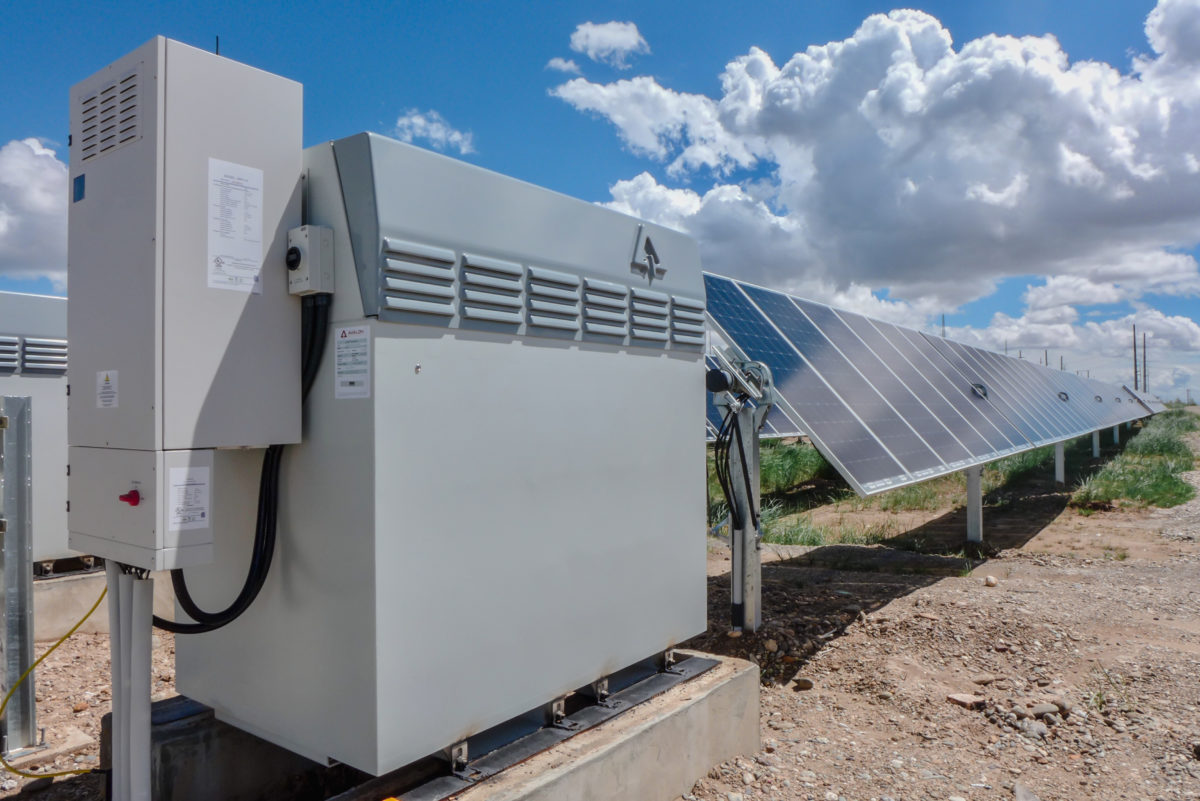From pv magazine USA.
Munich-based residential vanadium redox flow battery start-up VoltStorage has secured another $7 million from investors including the Bayern Kapital subsidiary of the development bank of Bavaria; family investment house Korys; the EU-backed EIT Innoenergy, New Jersey-based venture capital fund and seed investor SOSV and Zurich power company Energie 360.
The firm claims its flow battery system can complete more than 10,000 charge cycles without any effect on capacity and says its electrolyte is a recyclable, non-flammable vanadium solution. VoltStorage’s modular unit reportedly offers a continuous power rating of 1.5 kW and nominal energy of 6.2 kWh. The unit comes with a ten-year warranty.
More than 20 flow battery chemistries, including zinc-bromine, zinc-iron, zinc-cerium and magnesium-vanadium have been studied with vanadium redox the closest to wide commercialization. Vanadium, the dominant cost in the electrolyte, is a metal mined in Russia, China and South Africa although there are reserves in the U.S. and Canada. It is used predominantly as a steel additive. Flow battery manufacturers include Washington-based UET, Montana’s Vizn, California-based Primus, Japan’s Sumitomo, Anglo-Canadian Invinity Energy Systems – formed after the recent merger of California’s Avalon and U.K.-based redT – and Form Energy
Flow batteries circulate a liquid electrolyte through stacks of electrochemical cells and have long held the promise of 10-hour duration, tens of thousands of cycles, minimal degradation and no limitation on depth of discharge. That performance promise has lured venture capital investment and R&D but, thus far, the support has yielded few competitive commercial flow batteries.
Vanadium flow battery manufacturers have aimed for mass-commercialization of their longer-duration systems for 20 years but have never been able to reach volumes of scale. The steep fall in the price of lithium ion batteries has not helped market penetration for rival technologies. Bermuda-based asset manager Lazard has calculated, however, the levelized cost of storing electricity in some redox flow projects now overlaps that of lithium-ion batteries. Lazard said sales of vanadium flow batteries have grown from double digits to just over 200 MWh of installed storage capacity. That figure is still meager, though, alongside the volume of lithium ion storage deployed.
This content is protected by copyright and may not be reused. If you want to cooperate with us and would like to reuse some of our content, please contact: editors@pv-magazine.com.




I will appreciate to receive information from pv-magazine.
Hi Nkosinathi,
Thanks for the interest, if you click on the orange Subscriptions button at the top of the page, you can sign up for a paid-for subscription to the print magazine.
more information on vanadium battery for household
Same for me; everything is talking about vanadium redox batteries but, outside of China, no one seems to produce and sell them.
Redflow in Australia should be on your list too.